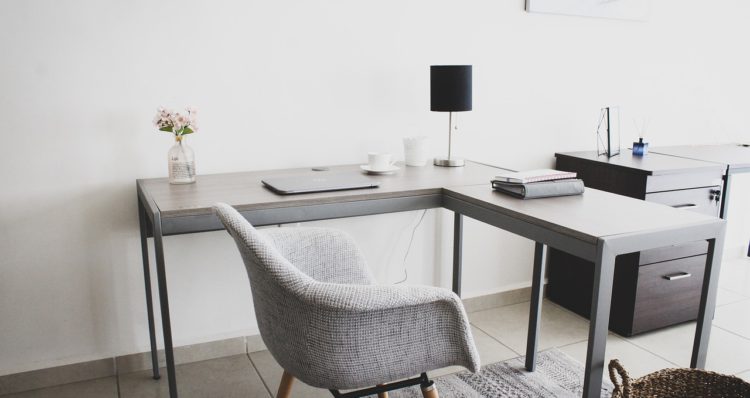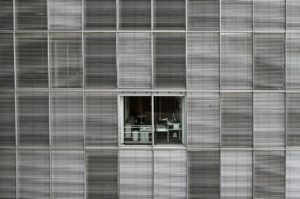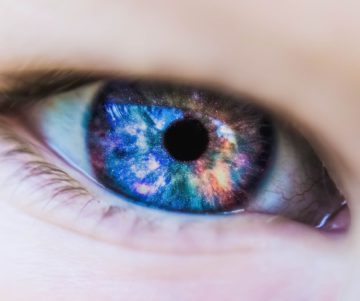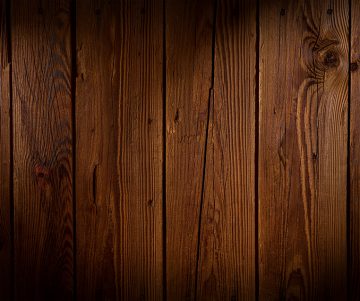
Modern Office Design Trends
bianca | April 24, 2025 | 0 | Tech in Art
In today’s fast-evolving workplaces, the demand for functional and inspiring spaces is reshaping how businesses approach office upgrades. An experienced office fitout company can transform a basic workplace into a dynamic environment that enhances performance and culture. One popular feature gaining traction in modern renovations is the custom sliding door, which blends space efficiency with visual elegance. These changes are part of a broader shift, as recent office design and renovation news highlights a strong move toward well-being, flexibility, and innovative aesthetics.
Designing for Hybrid Work Realities
As hybrid work becomes the norm, office layouts are redesigned to accommodate both in-office collaboration and quiet solo tasks. Businesses are moving away from rows of static desks in favour of multi-purpose zones that support hot-desking, focus pods, and impromptu meeting areas. The goal is to strike a balance—providing structure for those who thrive in it while allowing flexibility for those who prefer to work on the move.
More companies are embracing modular furniture, open-plan layouts with defined zones, and partitions that can shift based on daily needs to achieve this. These adaptable elements allow office spaces to evolve alongside business priorities and workforce expectations.
Wellness at the Core
Employee well-being has transitioned from a trend to a core pillar of office design. Natural light, access to plants, ergonomic furniture, and noise-reducing materials are now standard considerations in any high-quality renovation. The connection between physical environment and mental health is more apparent than ever, prompting many organisations to rethink how their environment affects energy, mood, and productivity.
Some offices introduce wellness rooms, quiet corners for reflection, and even in-house fitness zones. The integration of biophilic design—where natural textures, earthy tones, and greenery mimic nature—adds to a calm, welcoming atmosphere that supports overall well-being.
Aesthetics with a Purpose
Function and style are no longer separate goals. The most successful office designs now deliver on both fronts, where every detail serves a visual and functional role. Modern materials like matte metal finishes, acoustic panelling with bold patterns, and layered lighting are being used to create distinctive interiors that reflect brand identity.
Designers also find creative ways to express culture through texture, colour, and art. Instead of corporate neutrality, today’s offices are vibrant, personality-filled spaces that communicate values as soon as someone walks through the door.

Sustainability Takes the Spotlight
Sustainable office design is becoming not just a preference but a responsibility. As climate awareness increases, companies are looking for ways to decrease their physical space impact without sacrificing style or performance. This means opting for recycled materials, low-VOC paints, and long-lasting furnishings that are both ethically sourced and long-lasting.
Energy-efficient lighting, climate-responsive window treatments, and layouts that maximise daylight reduce utility consumption while enhancing user comfort. The focus is on longevity—creating spaces that stand the test of time and need fewer upgrades in the future.
Technology as a Design Driver
Innovative office technology is no longer limited to IT infrastructure. It’s now woven into the very fabric of interior design. Tech is making offices more efficient, intuitive, and adaptable, from app-controlled lighting systems to occupancy sensors that adjust HVAC settings in real time.
Touchless entry systems, integrated AV in collaborative zones, and digital booking platforms are also becoming staples. These innovations reduce friction in daily operations and support a seamless employee experience. Tech upgrades are often incorporated during fitouts to future-proof the space from day one.
Culture-Driven Layouts
The shape of an office can reflect and even shape company culture. Businesses focused on innovation may prioritise open brainstorming areas and flexible collaboration hubs, while others may lean toward quiet zones that support deep, focused work. There’s also a rise in spaces designed for informal socialising—like café-style kitchens or lounge-style breakout zones—encouraging connection across teams.
Companies help foster a stronger sense of belonging and engagement by creating environments that mirror their culture. It’s about aligning physical design with behavioural goals.
Inclusive and Accessible Design
Modern office renovations also prioritise inclusivity, ensuring that workspaces support the needs of all employees. This includes step-free access, gender-neutral restrooms, adjustable height desks, and clear wayfinding systems. Thoughtful layout design makes navigation easy for people with mobility aids or sensory needs.
It’s a shift from designing for the average employee to designing for everyone. When offices are inclusive, they support diversity and signal that all voices are welcome in the workplace.
The Rise of “Resimercial” Design
Blurring the boundaries between residential and commercial design, the emerging “residential” trend is revolutionizing office interiors, infusing them with warmth and character.Blurring the boundaries between residential and commercial design, the “residential” trend is transforming office interiors.This approach introduces home-like elements into the workplace—plush furniture, warm lighting, and soft finishes—to create a more relaxed, comfortable environment.
Residential design helps reduce stress and spark new ideas, especially in creative and tech industries. It’s not about casual work habits—it’s about designing for comfort, creativity, and human connection.
Future-Proofing Through Flexibility
Office spaces designed today need to accommodate tomorrow’s challenges. Flexible layouts, demountable partitions, and furniture on wheels are becoming essential tools in this effort. Whether it’s scaling up a team, responding to a shift in work style, or repurposing a meeting room into a podcast studio, modern offices are being built with change in mind.
Final Thoughts
Modern office design is no longer just about visual appeal—creating a space where people thrive. As new trends continue to emerge, one thing is clear: the best office spaces are built for flexibility, function, and the people who use them daily.







